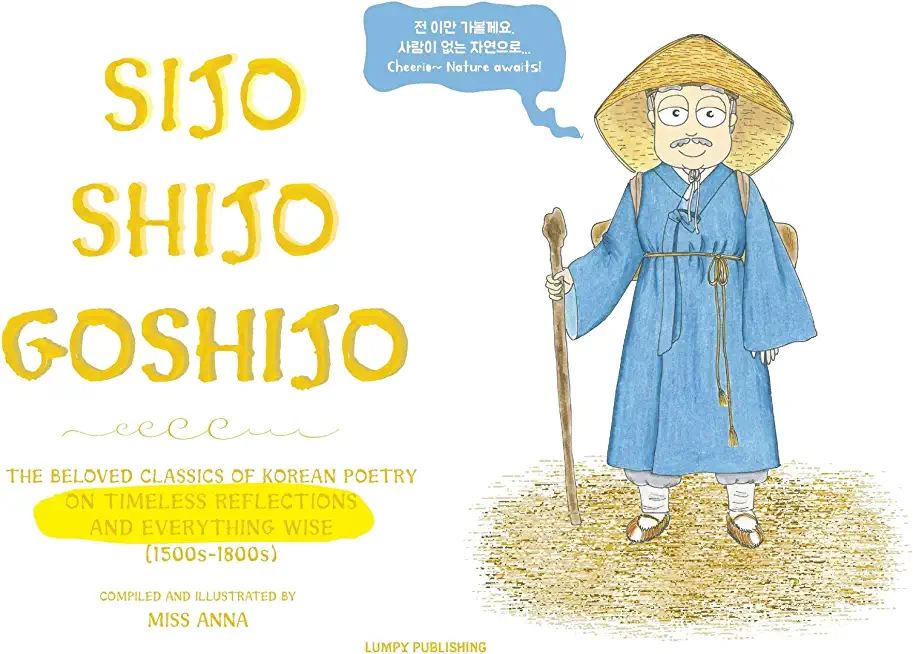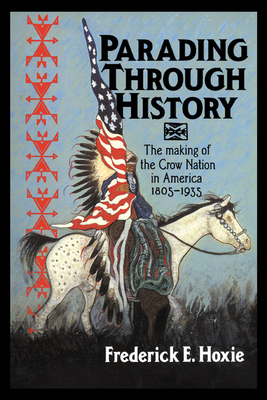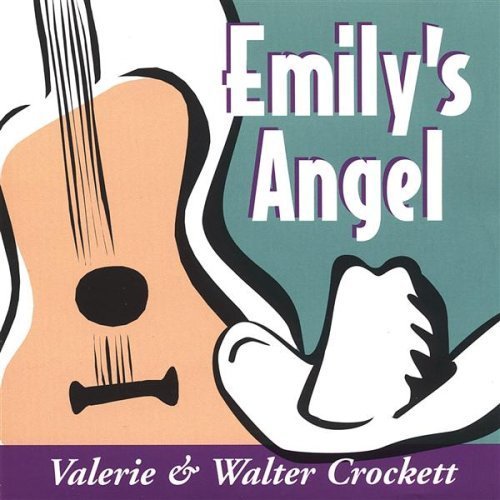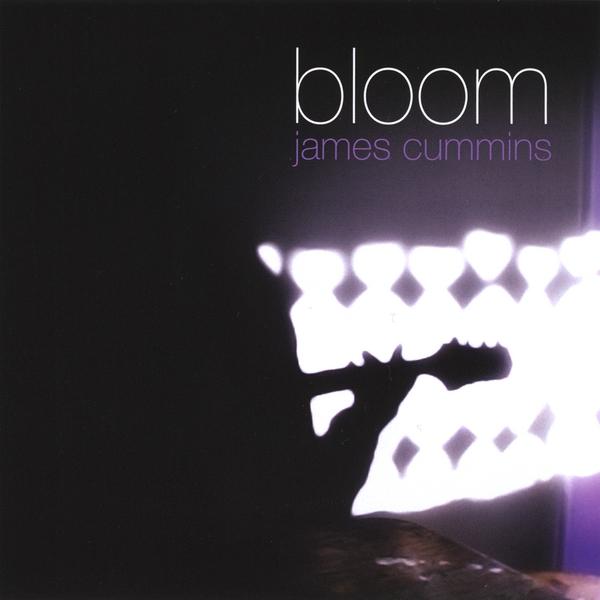
, Anna
A treasure-trove it is,
This poetry called sijo.
It's full of words of wisdom
Written down ages ago.
Here is a question for you. Are sijos (or "goshijos"--the classical poetry from long ago Korea) worth the read?As you can surmise, they are terribly old. As some are almost 700 years old, they sound mummified at best. It's not hard to imagine ancient dust strewn about the disintegrating manuscripts. Besides, these poems allude to a time altogether different from the world we now live. But the truth of the matter is, despite the achievements mankind has made as a whole, man has not really changed. The human nature and the internal sensibilities of man--the need of familial warmth, loyalty in friendship, man's quest for love, the desire for fame and recognition, the yearning for inner happiness and peace, to name a few--are as inherent to man today as they were hundreds and thousands of years ago. That is why sijos have been loved. Sijos still speak clearly to the man within, albeit hundreds of years down the line. So, here is a loud "Hear, hear!" for sijos. Come and unearth the golden treasure that has been faithfully preserved from the bygone kingdom days of Korea!
Miss Anna wrote this book with a singular audience in mind--people all over the world who are aspiring to learn Korean, children included. Hence, she has poured in all her creative energy to make classical sijo, also called goshijo, more accessible to language learners. You will find in this book:
- Vivid illustrations and captions in Korean and English.
- A simple pronunciation guide for each word for the everyday English-speaking people (not the McCune-Reischauer translation nor the commonly employed Romanization of Korean which are geared more for language experts and the linguists of the land). Note that some sounds cannot be accurately transcribed and taught through a book. Therefore, to get the correct nuance of the Korean letters, please consult a nature speaker of Korean.
- The most accurate sense of the words and the meaning of words (and groups of words) in English.
- Definition of words and groups of words in modern Korean for native speakers of Korean as a way to refresh their understanding of the sijo.
- The thematic undertone for each poem.
- Miss Anna's version of the sijo in English. (In all cases, the inherent music and the overall rhythm of a language are forever lost in translation. Hence, she focused on providing the most accurate sense and meaning behind each sijo on behalf of the poets.)
- A short story behind each poem and the poet. This narrative does much to provide a fuller and a richer understanding of the poem. As the reader gets acquainted with the historical backdrop behind each piece, he/she will perceive its underlying emotions as well.
In this book, you will find twenty classical sijos very much beloved by the Korean people. There are ruminations about life and words of wisdom that the poets wished to impart. What are some topics? Filial duty, the sentiments of the elderly, the call for industry in life, and the longing desire to have inner peace are just some of the themes covered in this collection. To sing its praises, the illustrations are just wonderful! The English translation ideal and to the point! And the background narrative of each poetic piece telling and altogether meaningful! All in all, this book is illuminating, interesting, and highly enjoyable (and shhh...educational). So, do sit before the enduring words of these ancient poets and peruse alongside them. Who knows? There may be much to glean from their understanding and from their take on life, even though they lived hundreds of years prior to you. Buy the book and uncover the ancient paths well hidden within the sijos. Discover the sijo at its contemplative best!







